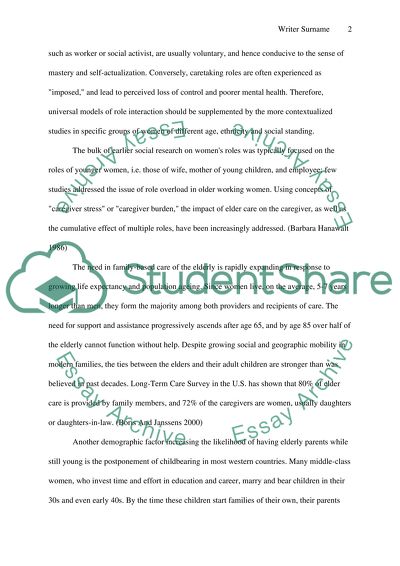Cite this document
(“What I Have Learned About Women, Work And Society Essay”, n.d.)
What I Have Learned About Women, Work And Society Essay. Retrieved from https://studentshare.org/miscellaneous/1520457-what-i-have-learned-about-women-work-and-society
What I Have Learned About Women, Work And Society Essay. Retrieved from https://studentshare.org/miscellaneous/1520457-what-i-have-learned-about-women-work-and-society
(What I Have Learned About Women, Work And Society Essay)
What I Have Learned About Women, Work And Society Essay. https://studentshare.org/miscellaneous/1520457-what-i-have-learned-about-women-work-and-society.
What I Have Learned About Women, Work And Society Essay. https://studentshare.org/miscellaneous/1520457-what-i-have-learned-about-women-work-and-society.
“What I Have Learned About Women, Work And Society Essay”, n.d. https://studentshare.org/miscellaneous/1520457-what-i-have-learned-about-women-work-and-society.


